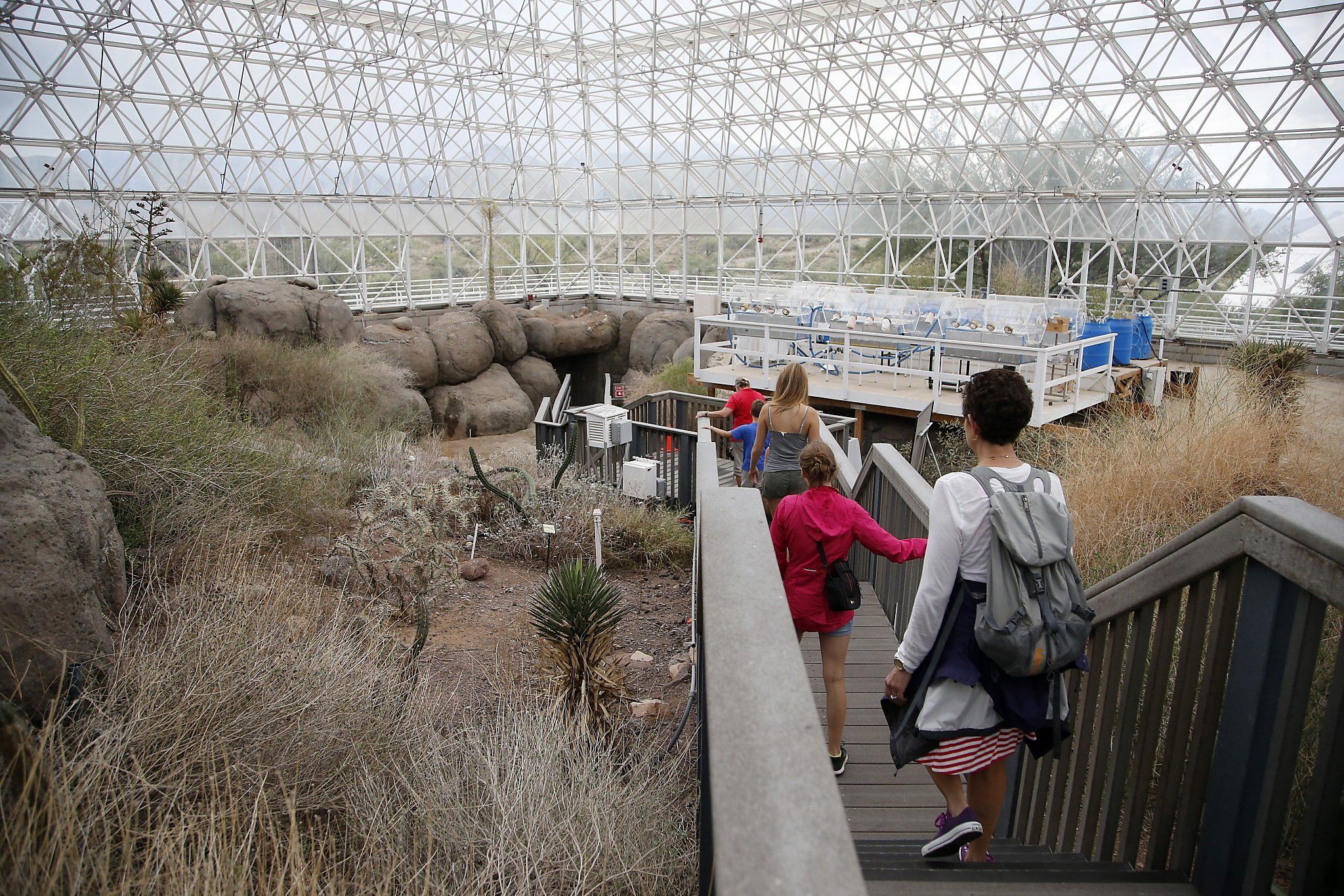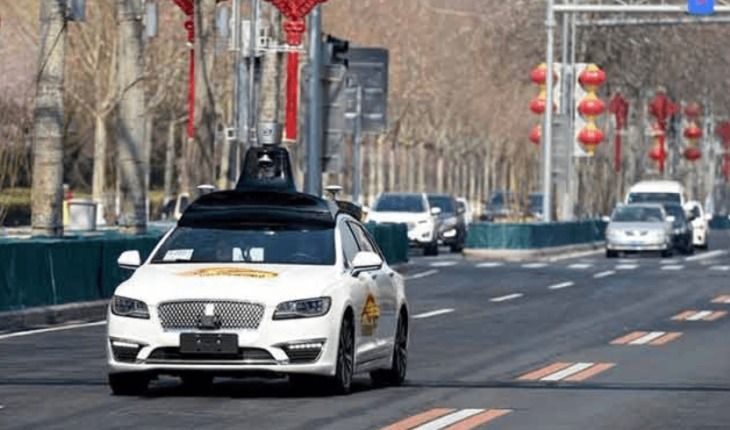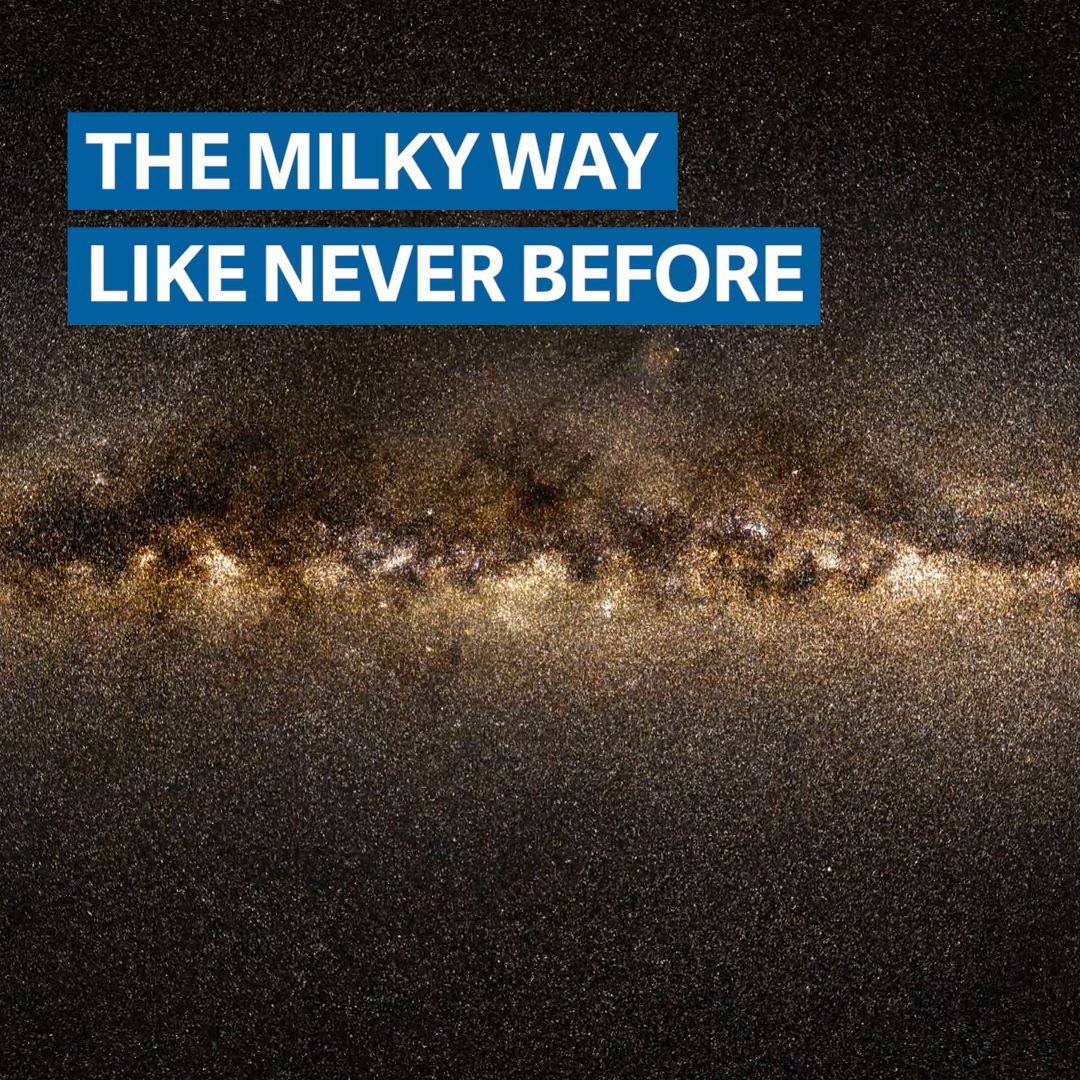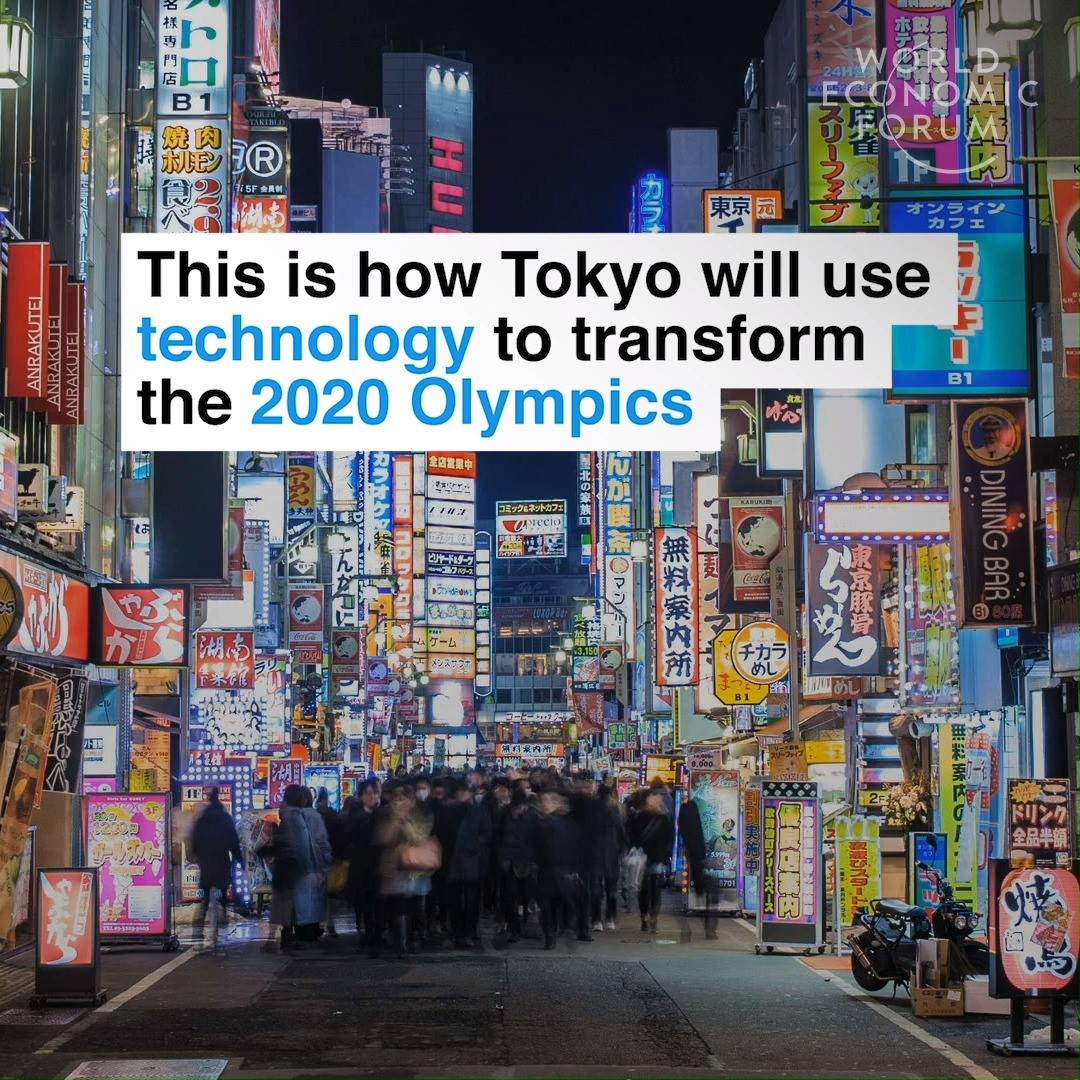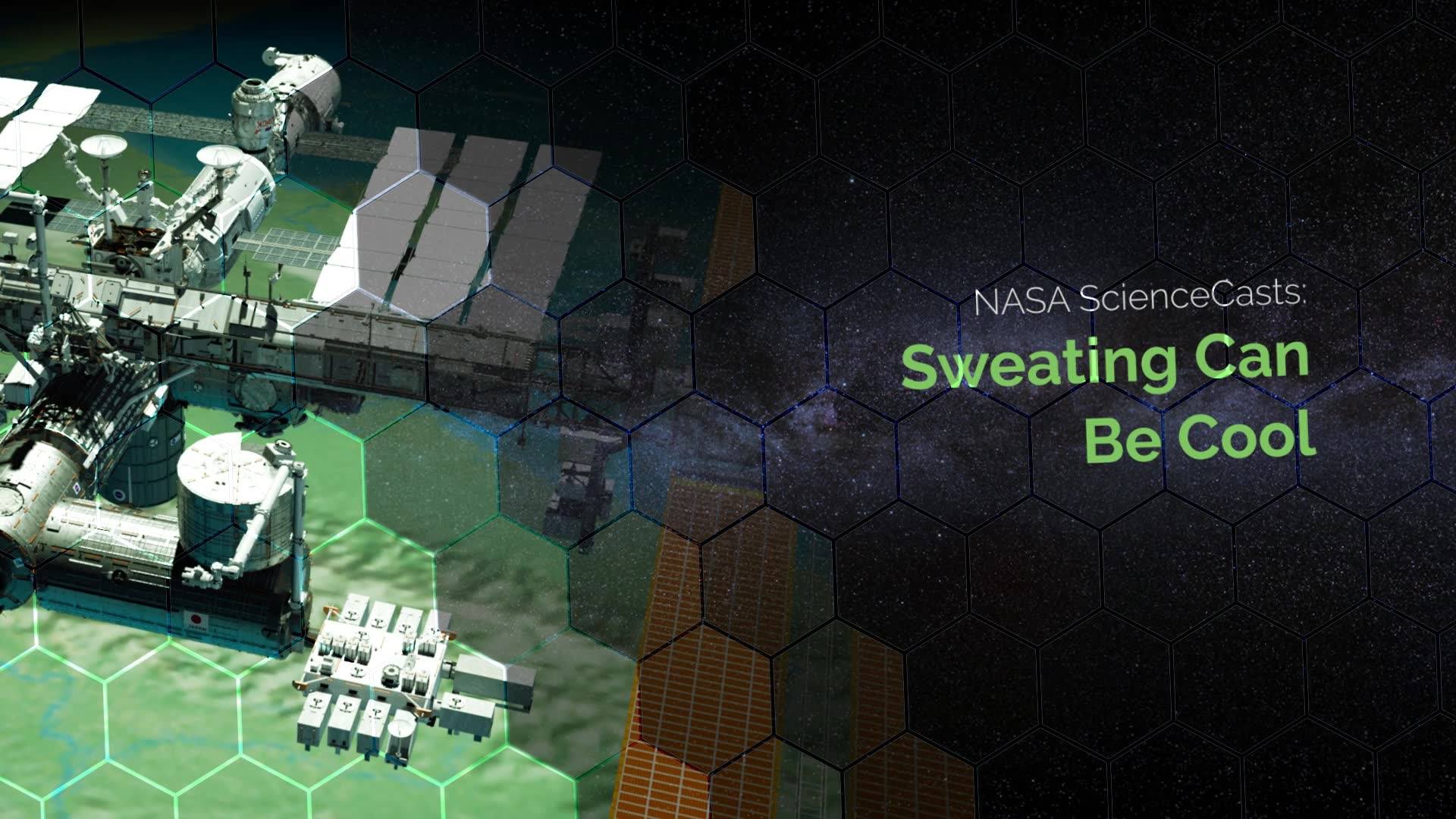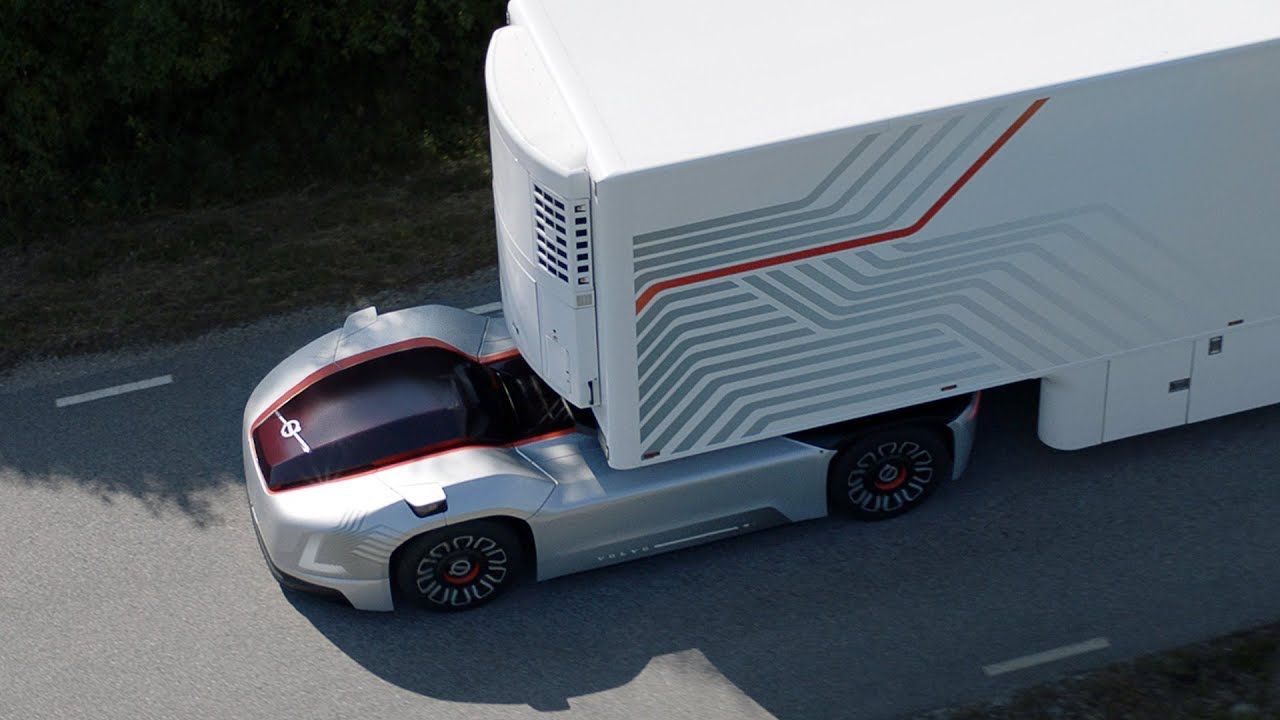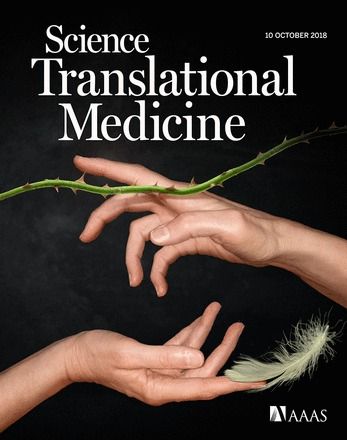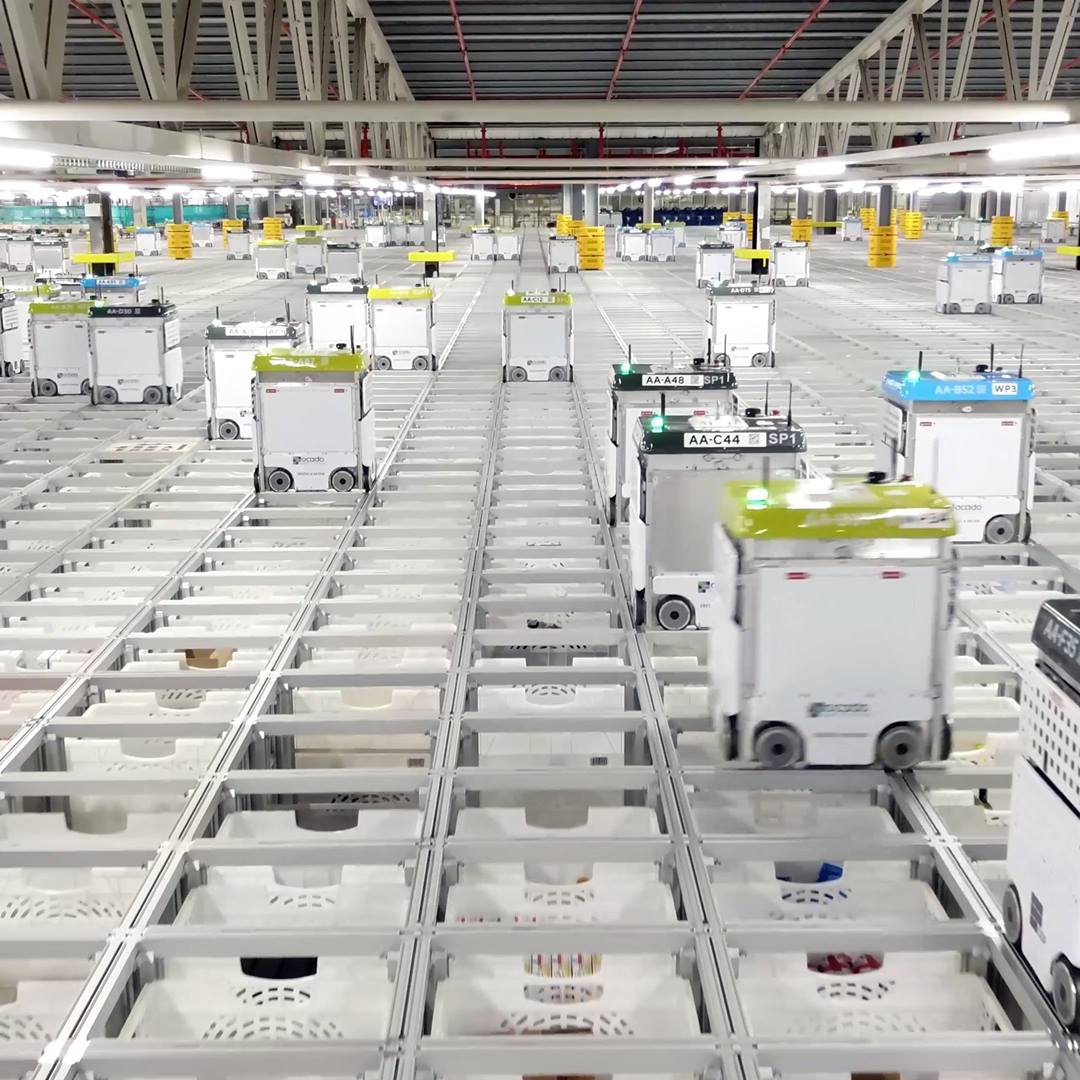Oct 14, 2018
The Milky Way Could Be Spreading Life From Star to Star
Posted by Xavier Rosseel in category: alien life
For almost two centuries, scientists have theorized that life may be distributed throughout the Universe by meteoroids, asteroids, planetoids, and other astronomical objects.
This theory, known as Panspermia, is based on the idea that microorganisms and the chemical precursors of life are able to survive being transported from one star system to the next.
Expanding on this theory, a team of researchers from the Harvard Smithsonian Center for Astrophysics (CfA) conducted a study that considered whether panspermia could be possible on a galactic scale.
Continue reading “The Milky Way Could Be Spreading Life From Star to Star” »

